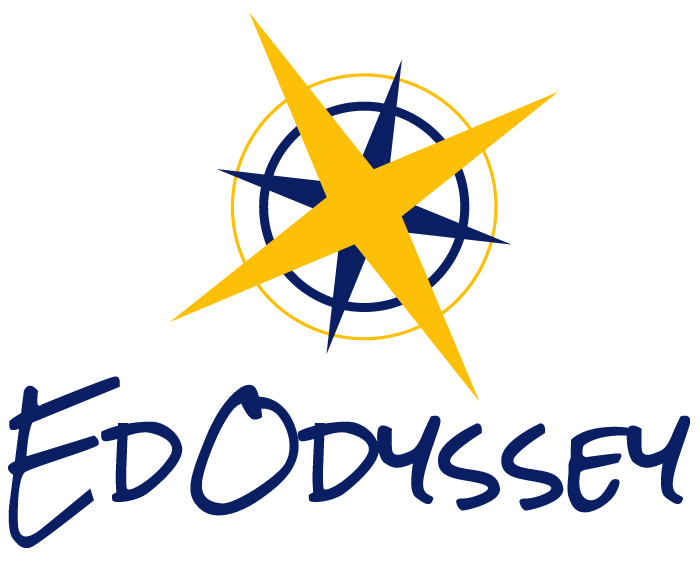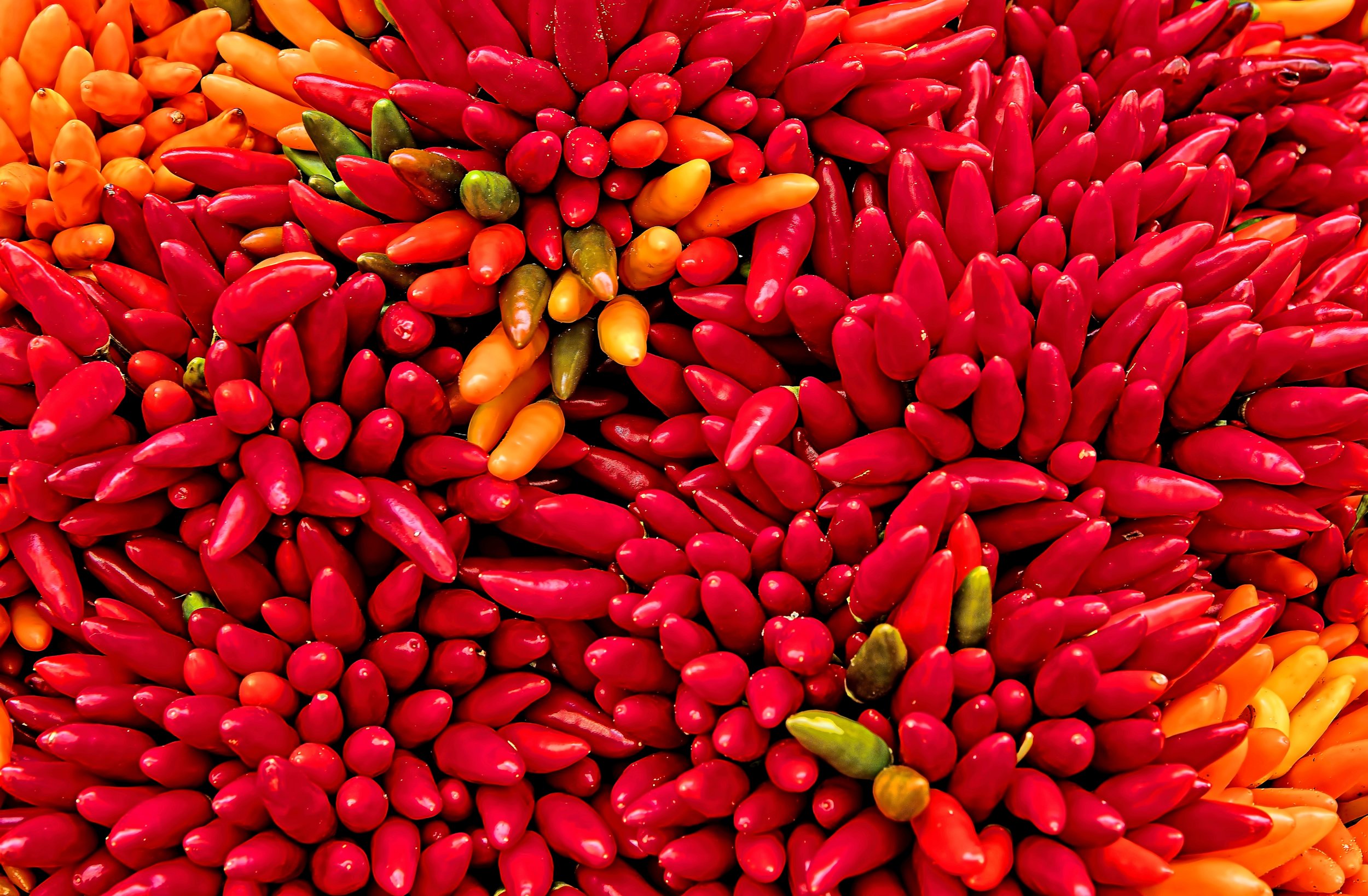Blog
The Secret Ingredients Behind Peru's Diverse Culinary Scene
Peru’s incredible access to land and sea has given it a natural base for some of the world’s most unique food that involves the influence from a variety of cultures.
Why Study In Peru?
Lima has taken the natural beauty of existing landscape and it given it a modern twist and the inhabitants of the city have taken traditional Peruvian foods and fused it with existing flavors from other parts of the world.
Peru's Recent History: A Story of Struggles and Growth
Through EdOdyssey, we want to show you that despite the country’s history of terrorism and continued corruption, there has been an advance in development that has helped neighborhoods grow and prosper.
Understanding The Keys of Peruvian Culture: Landscape and Diversity
Our desire to share Peru’s unique beauty with the world comes from our own life-changing experiences there, and we believe that it will change yours too.
Spain Immersion Program - Student Interview
Matt's experience with traveling and studying languages began several years ago in 2014 when Matt participated in a 4-week long exchange that brought him to Spanish city of Cordova, Spain. Here is an excerpt from his alumni interview!
Search previous blogs here.

